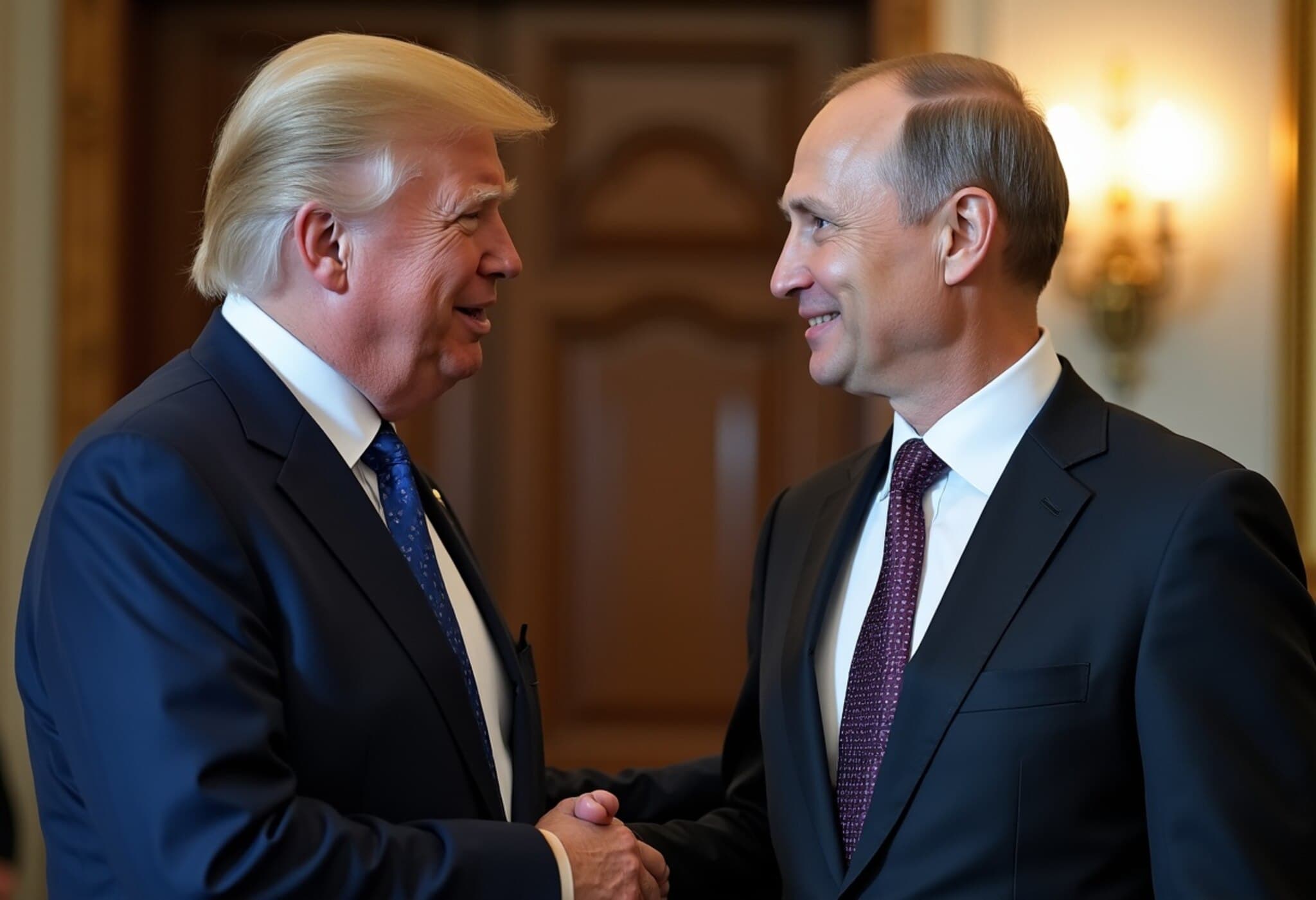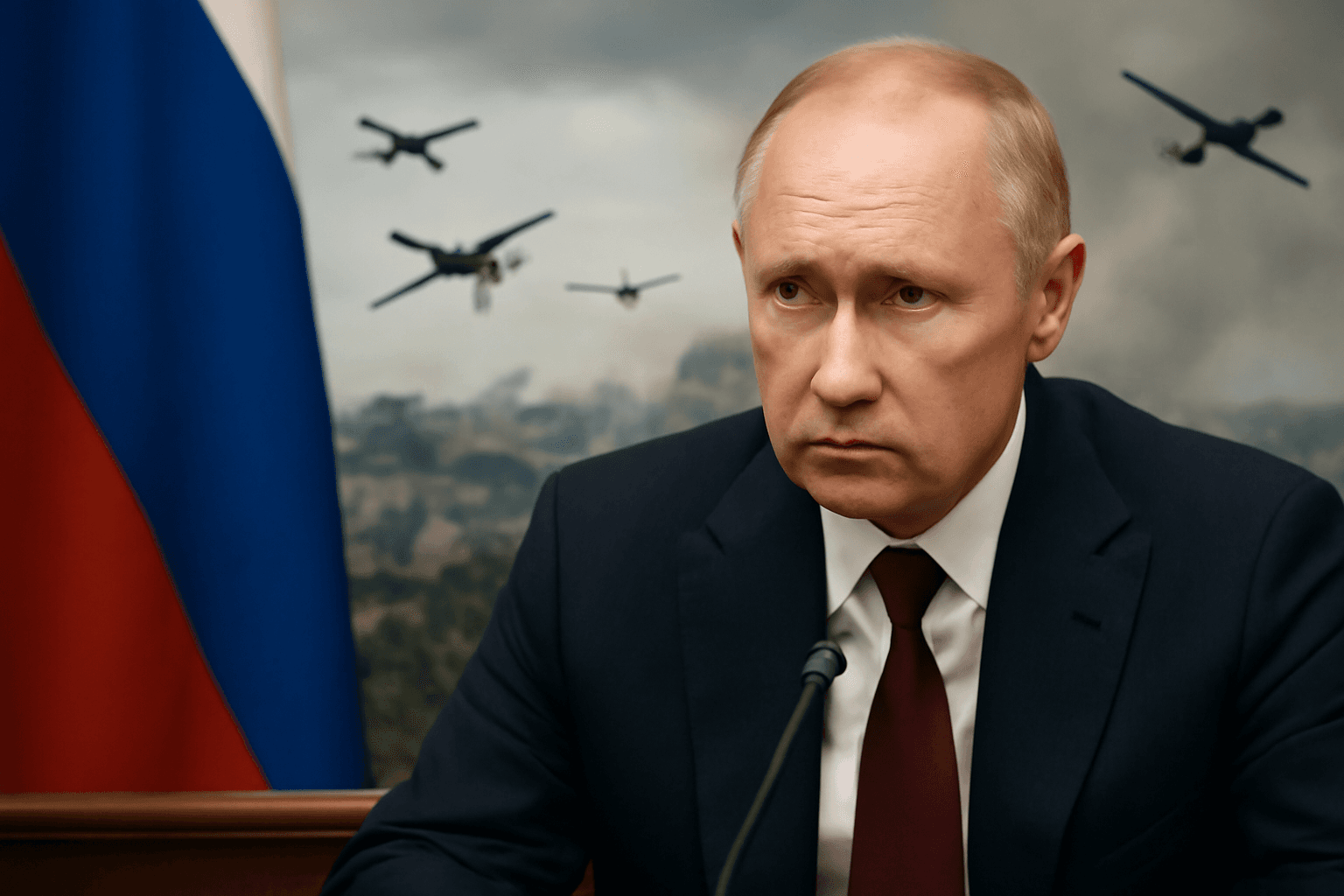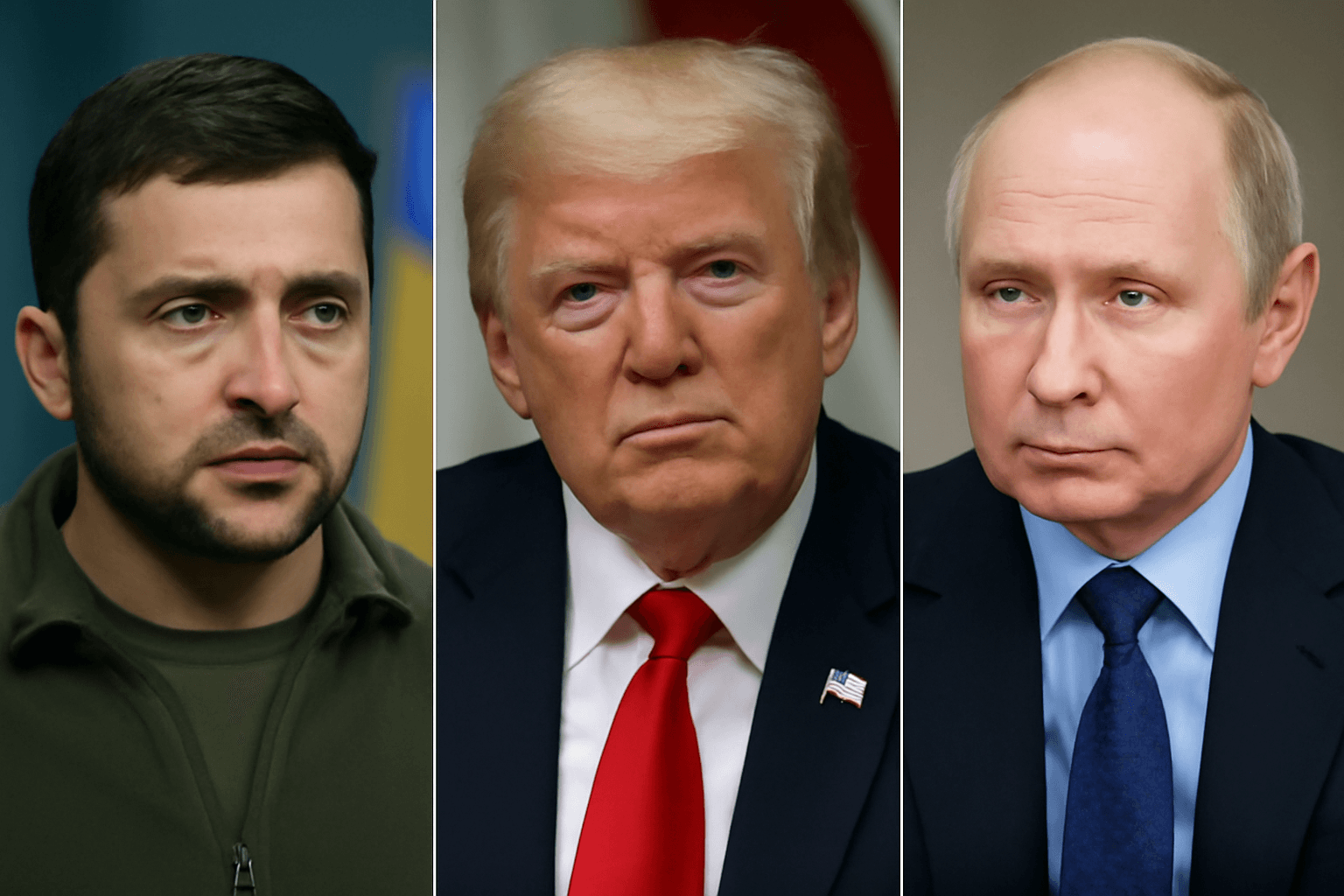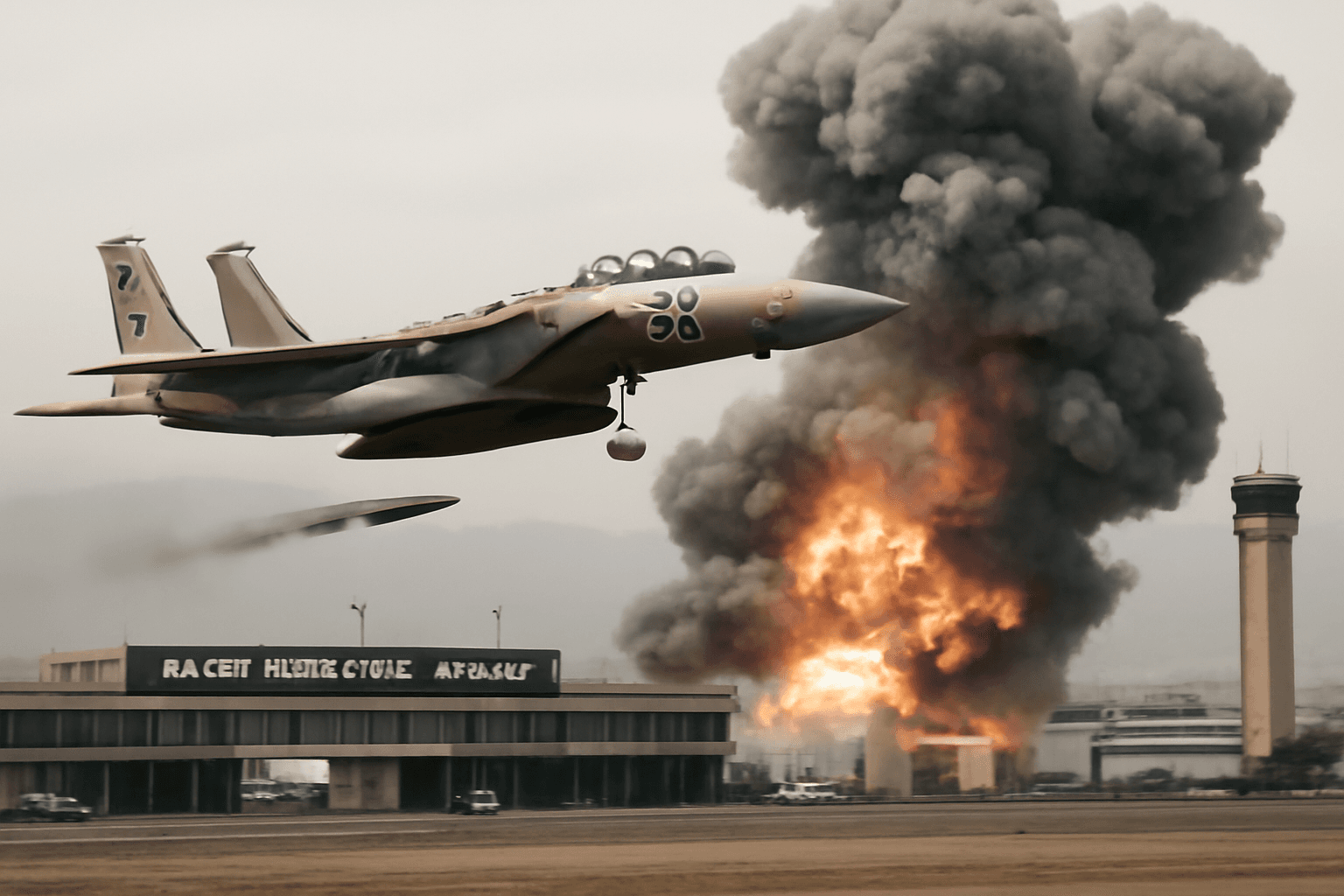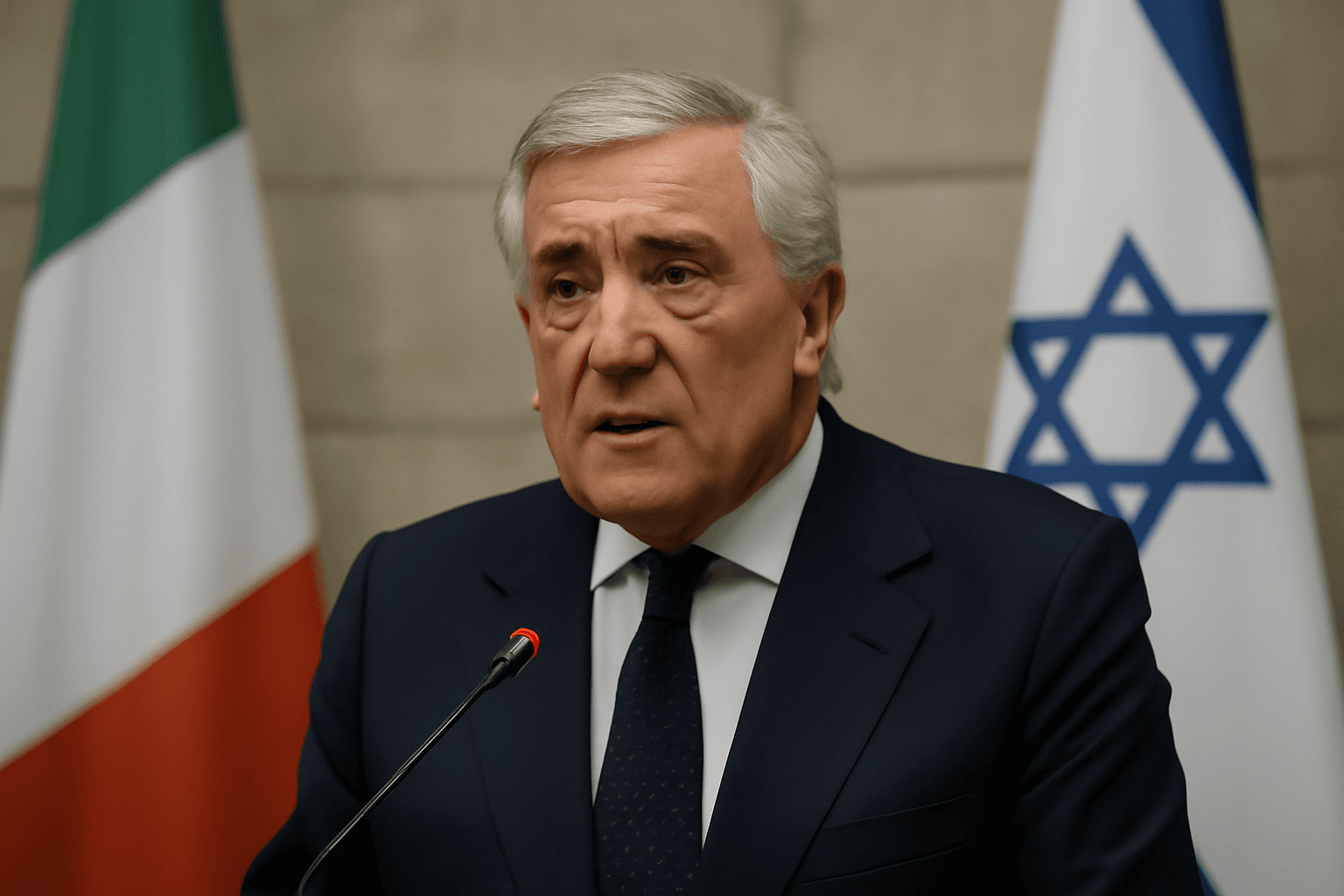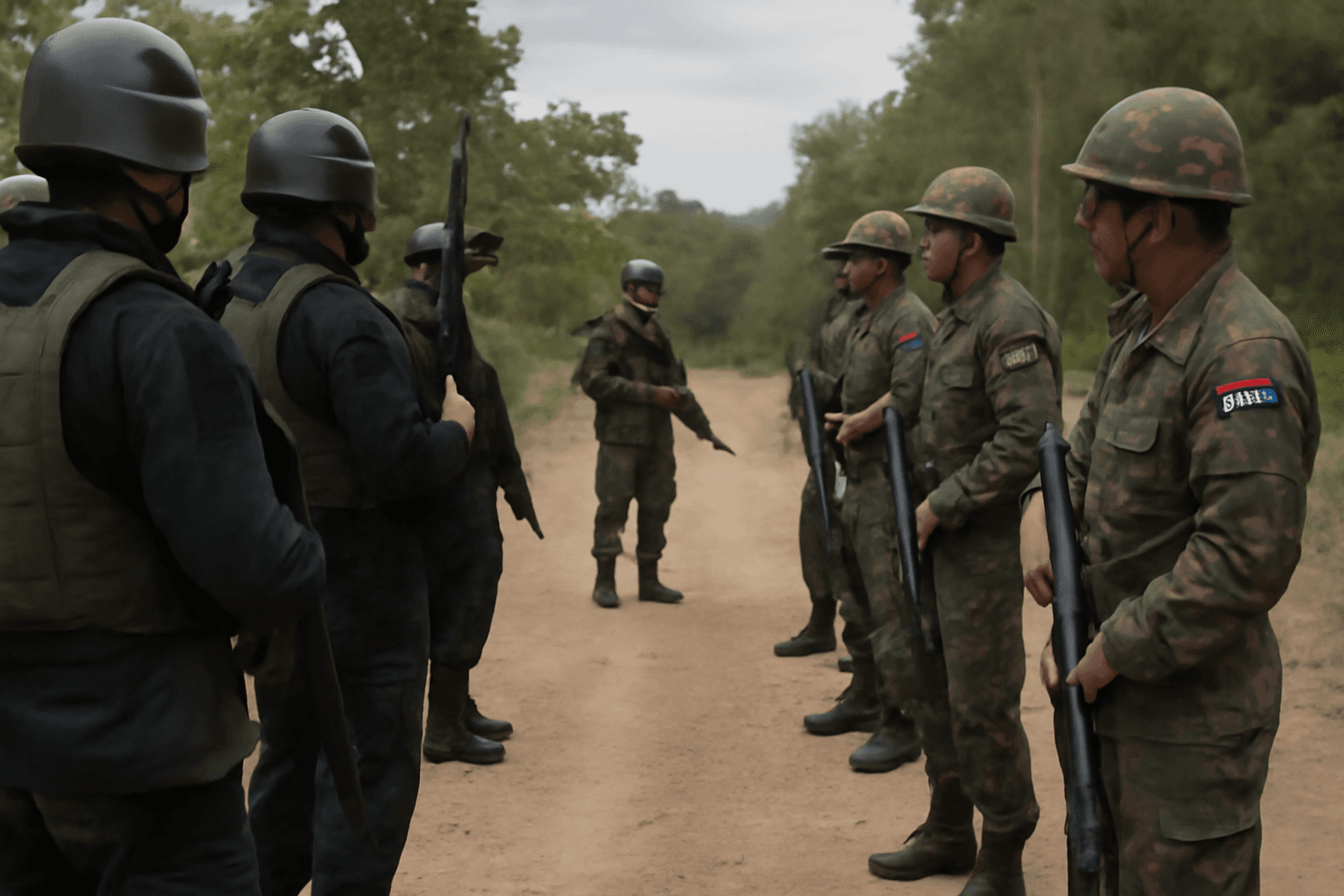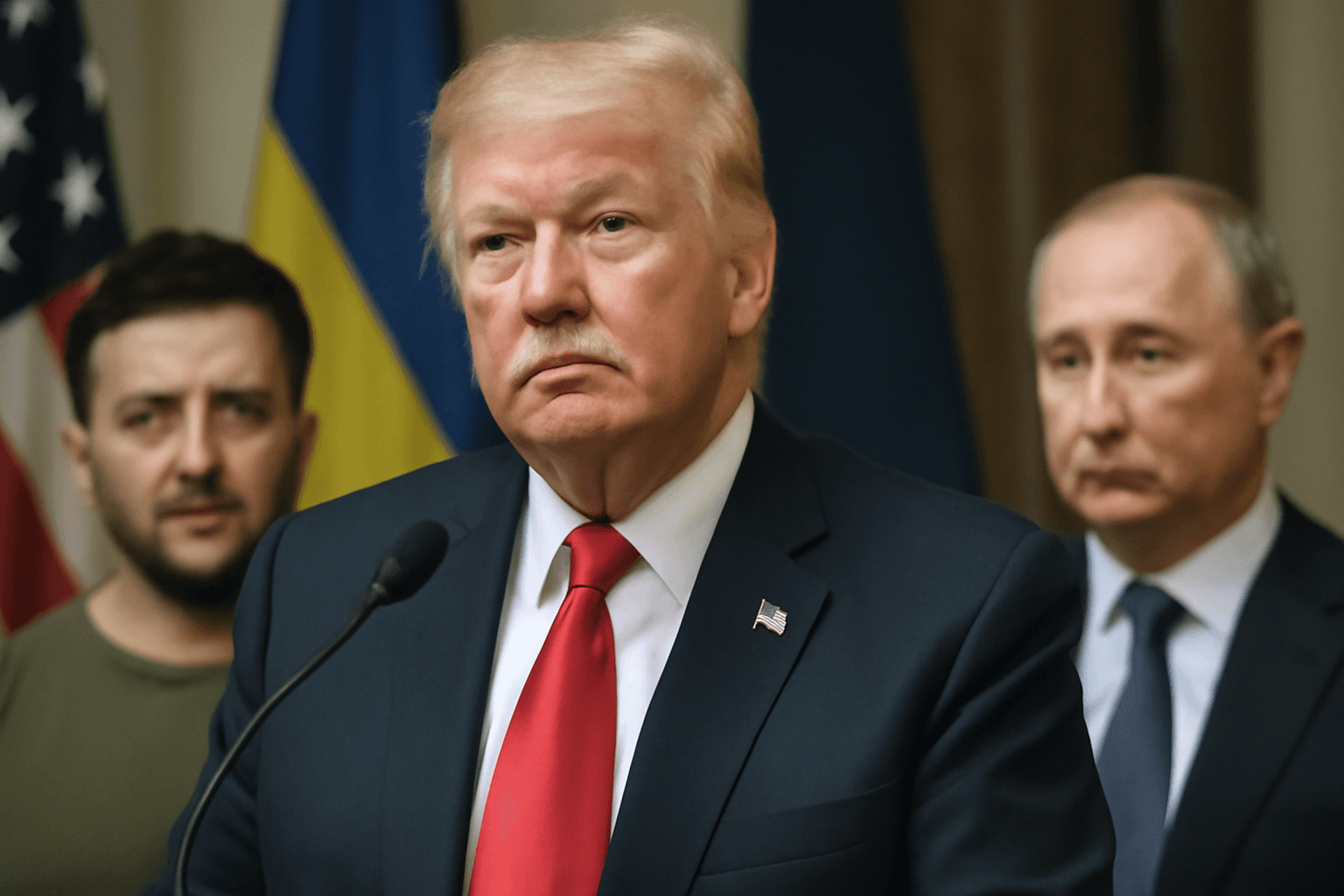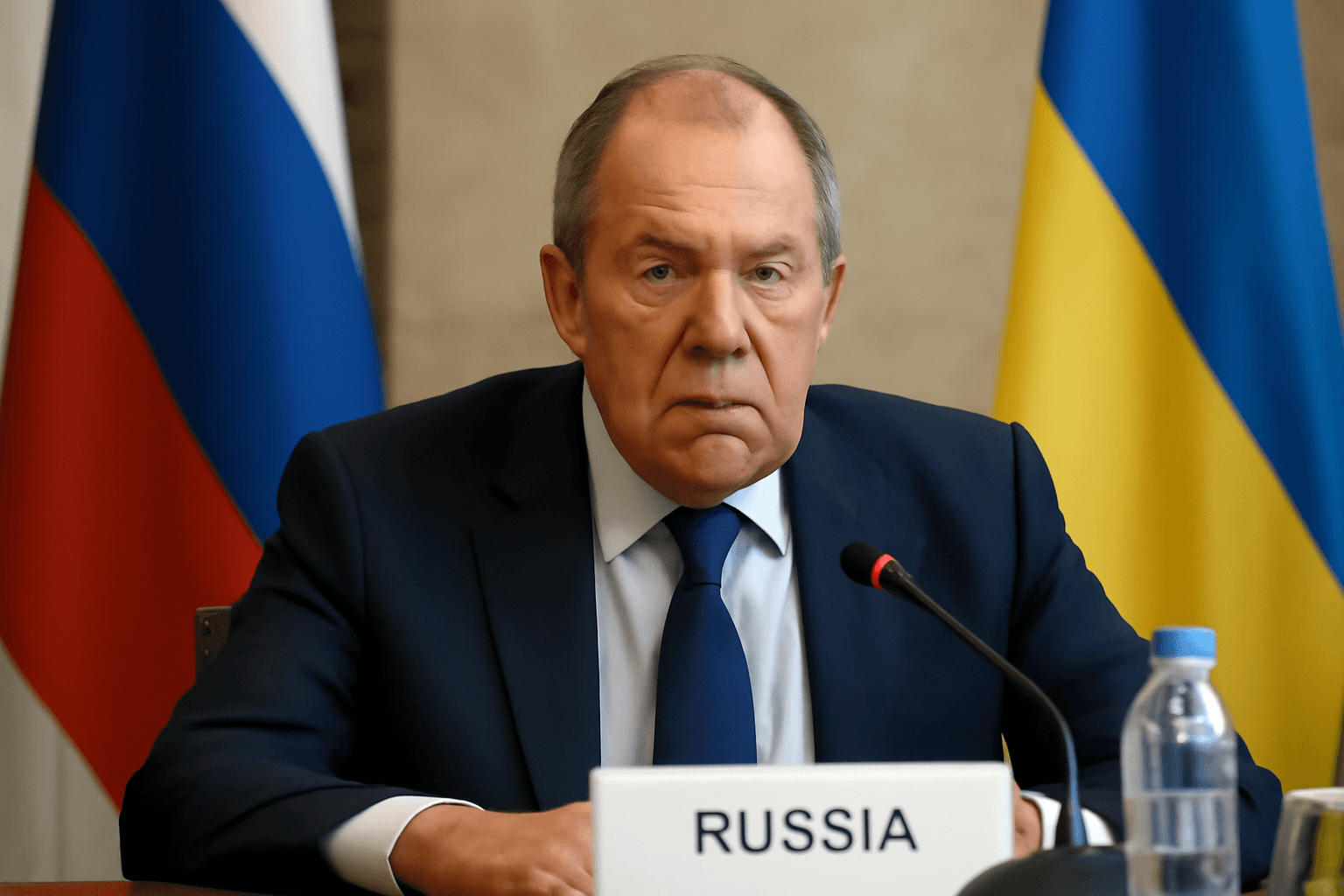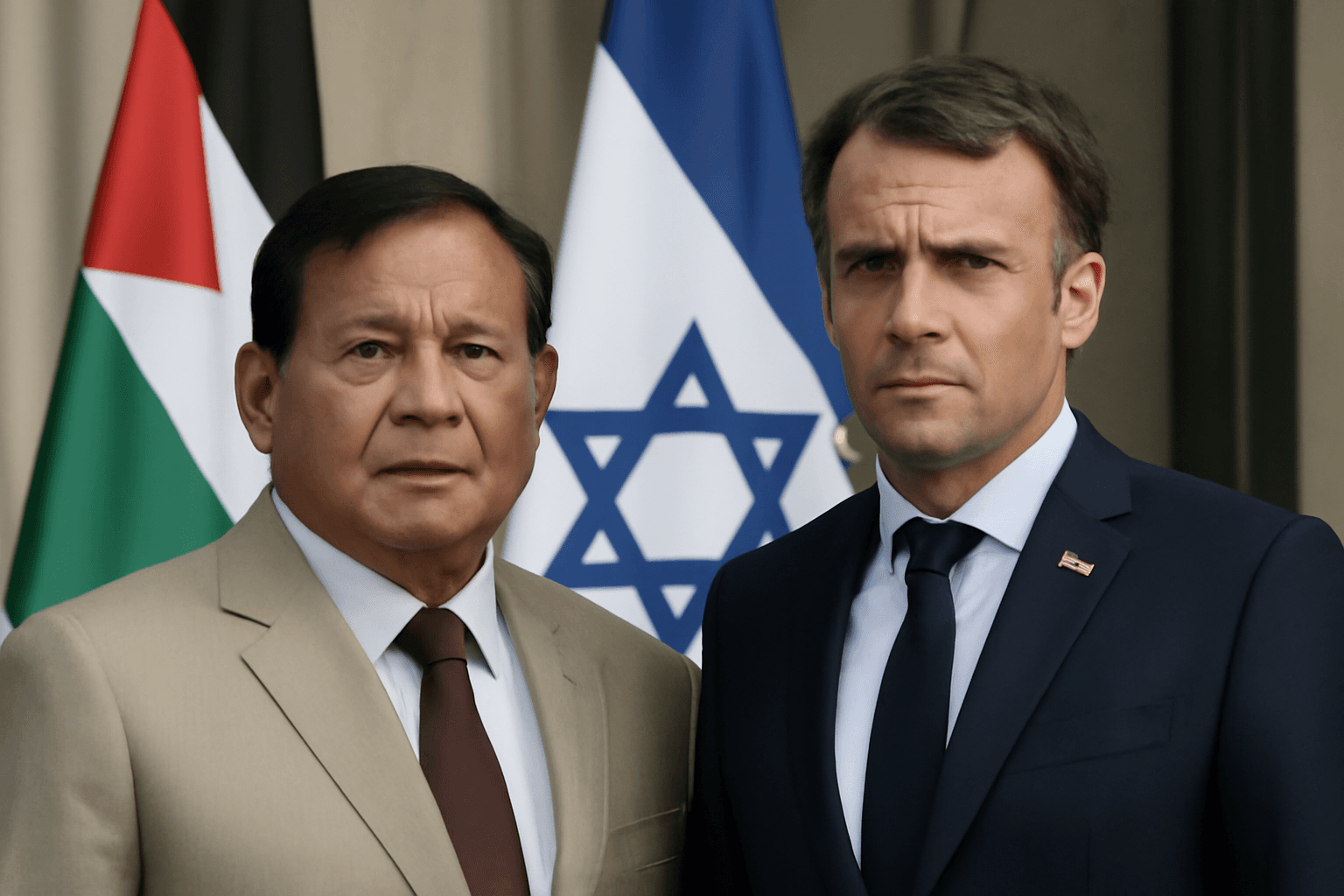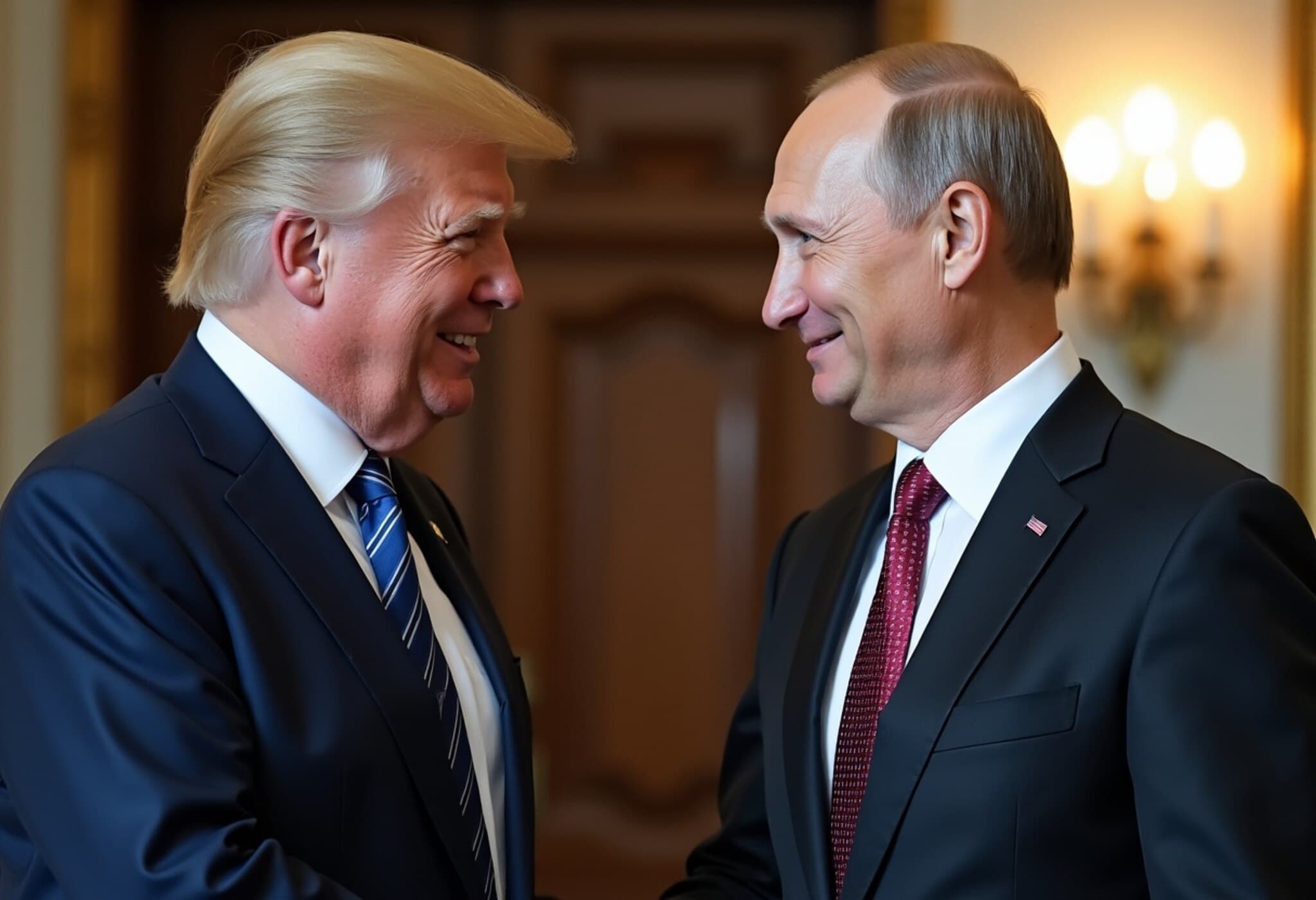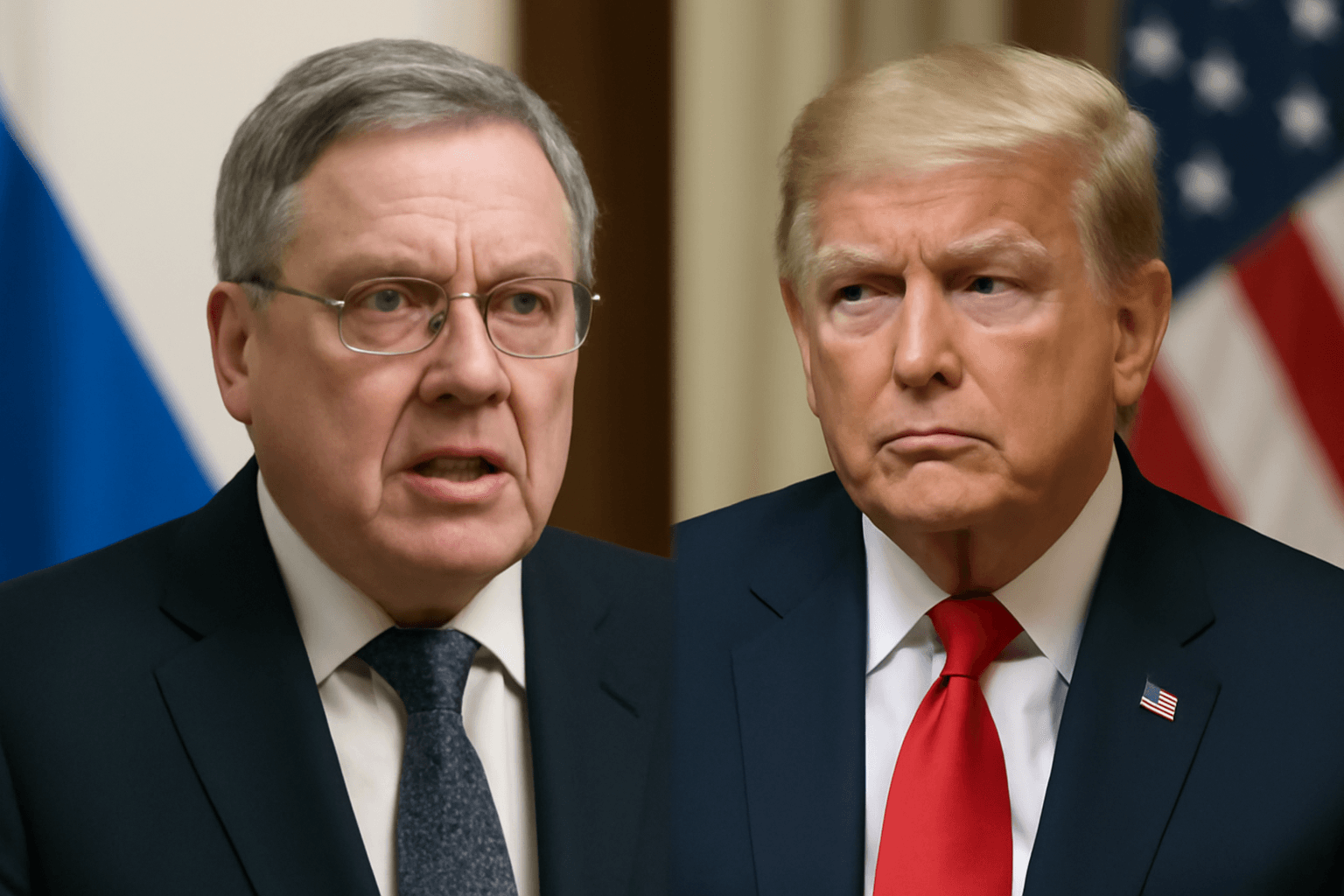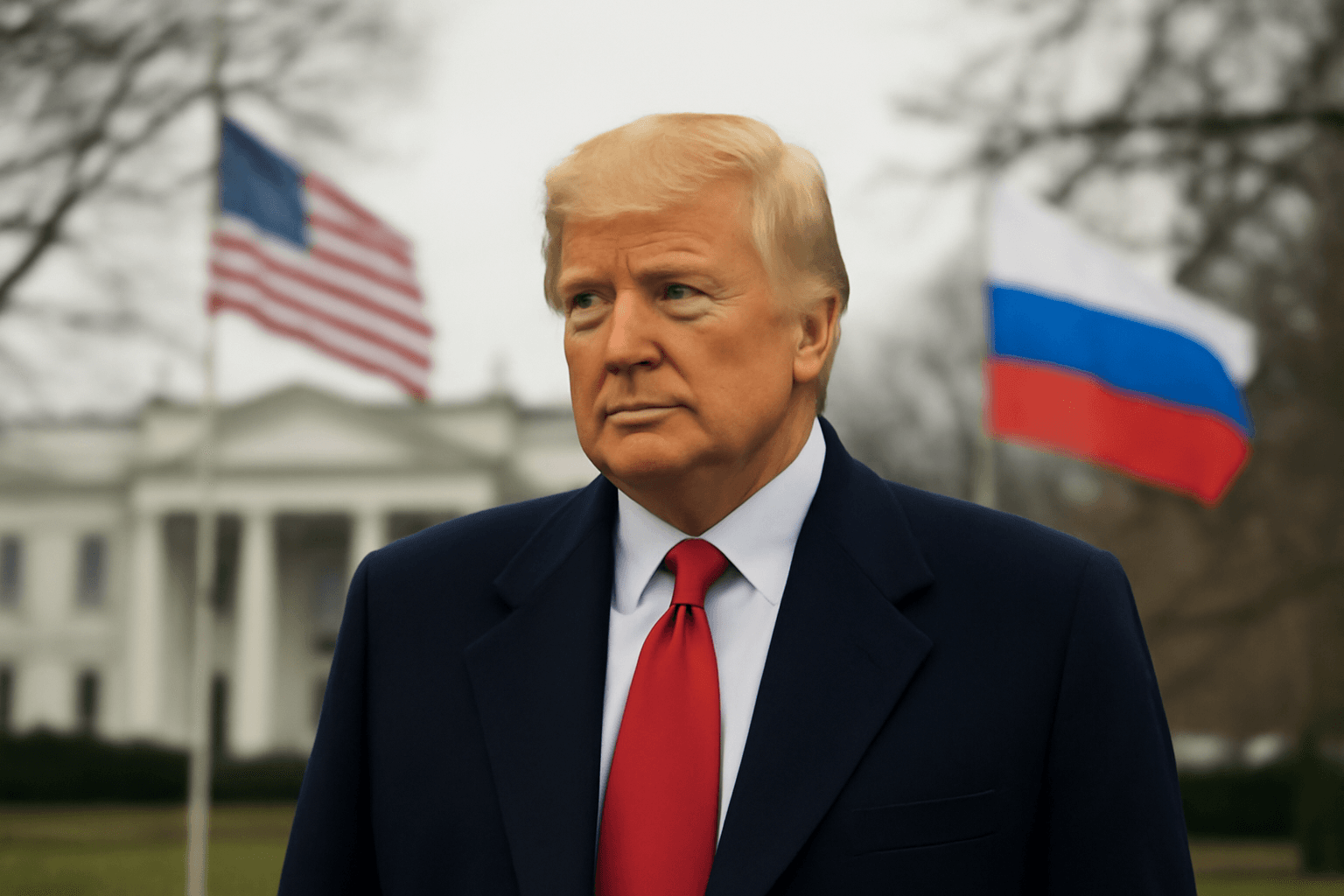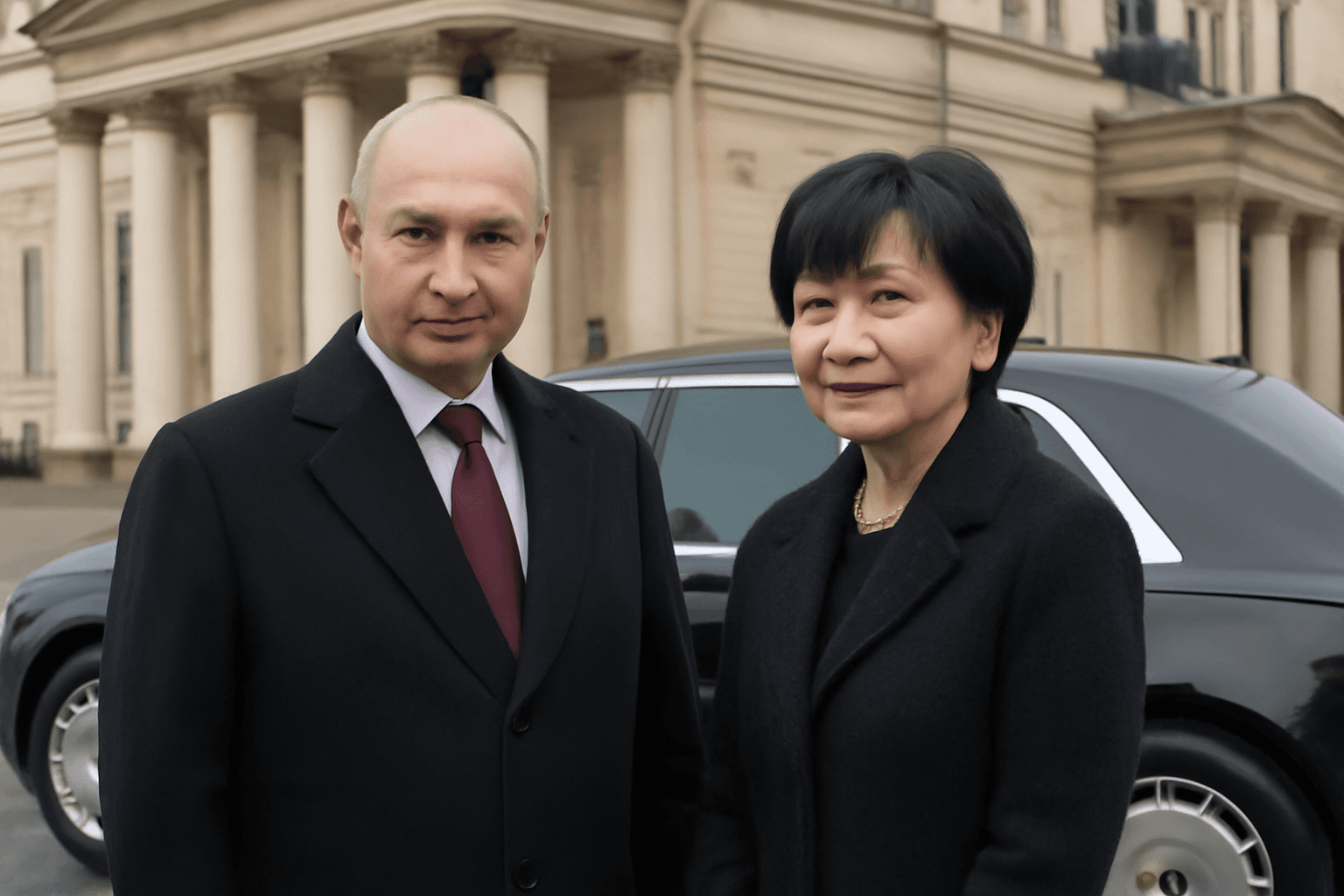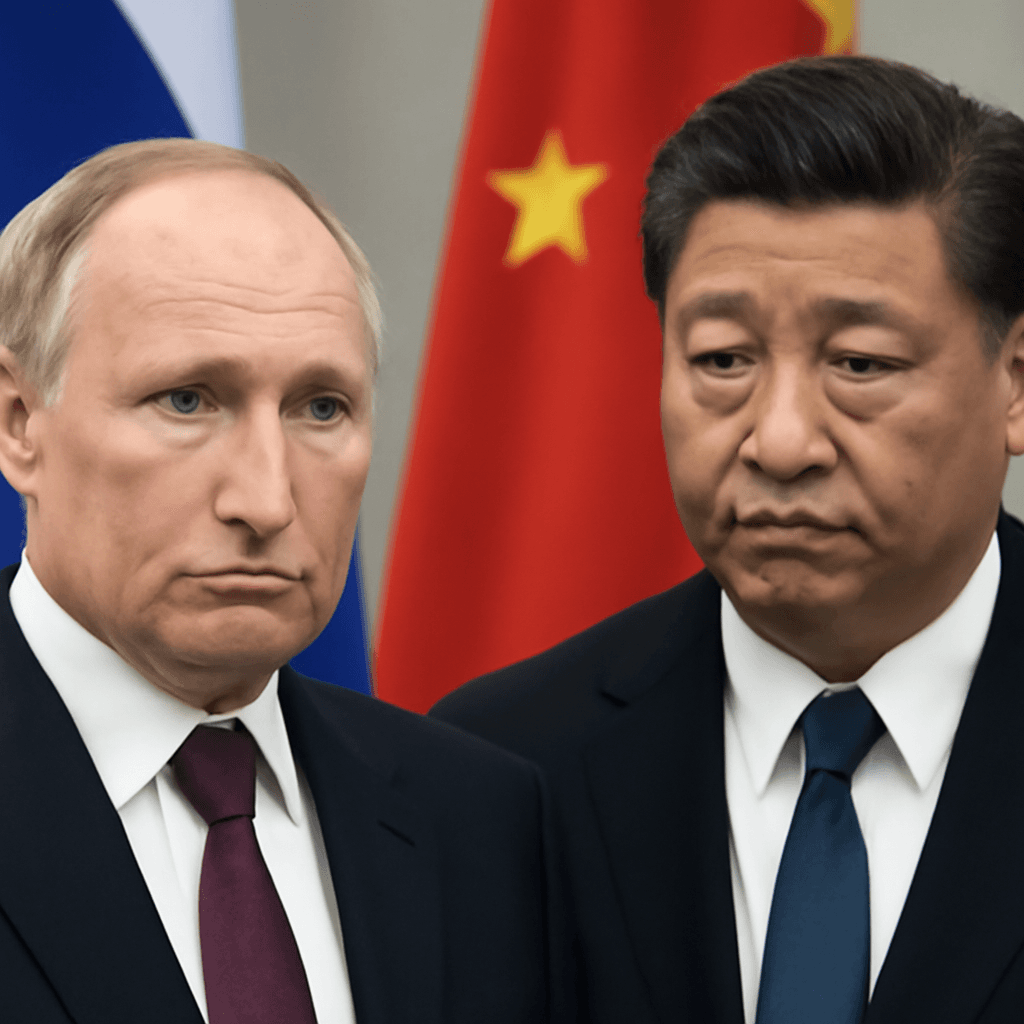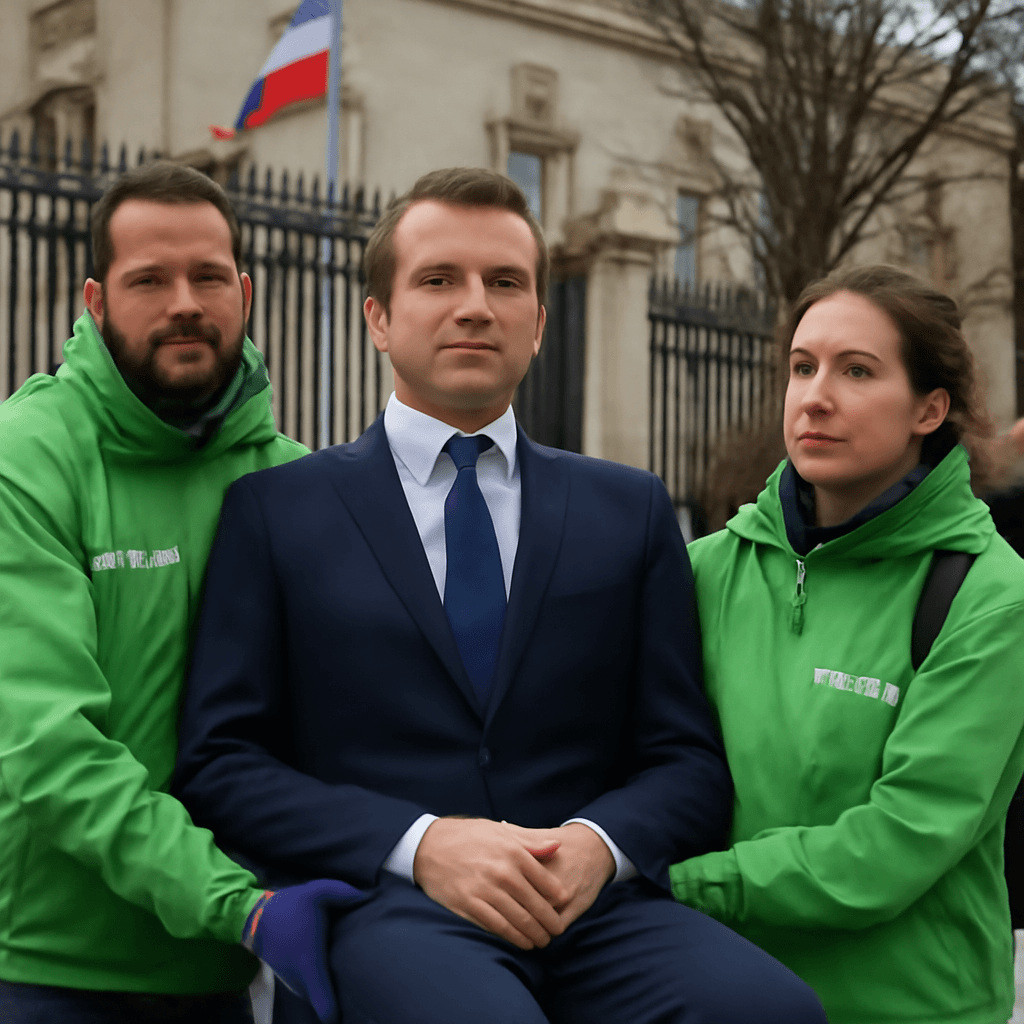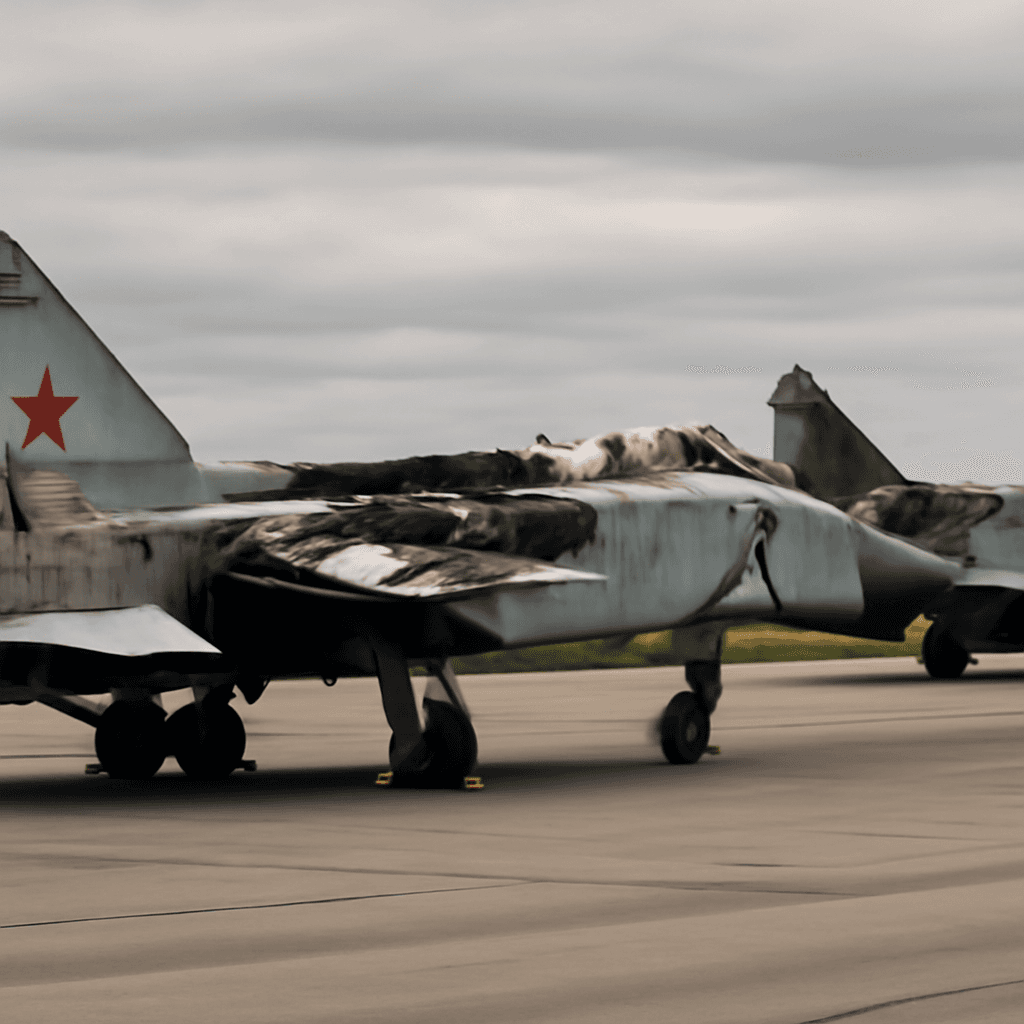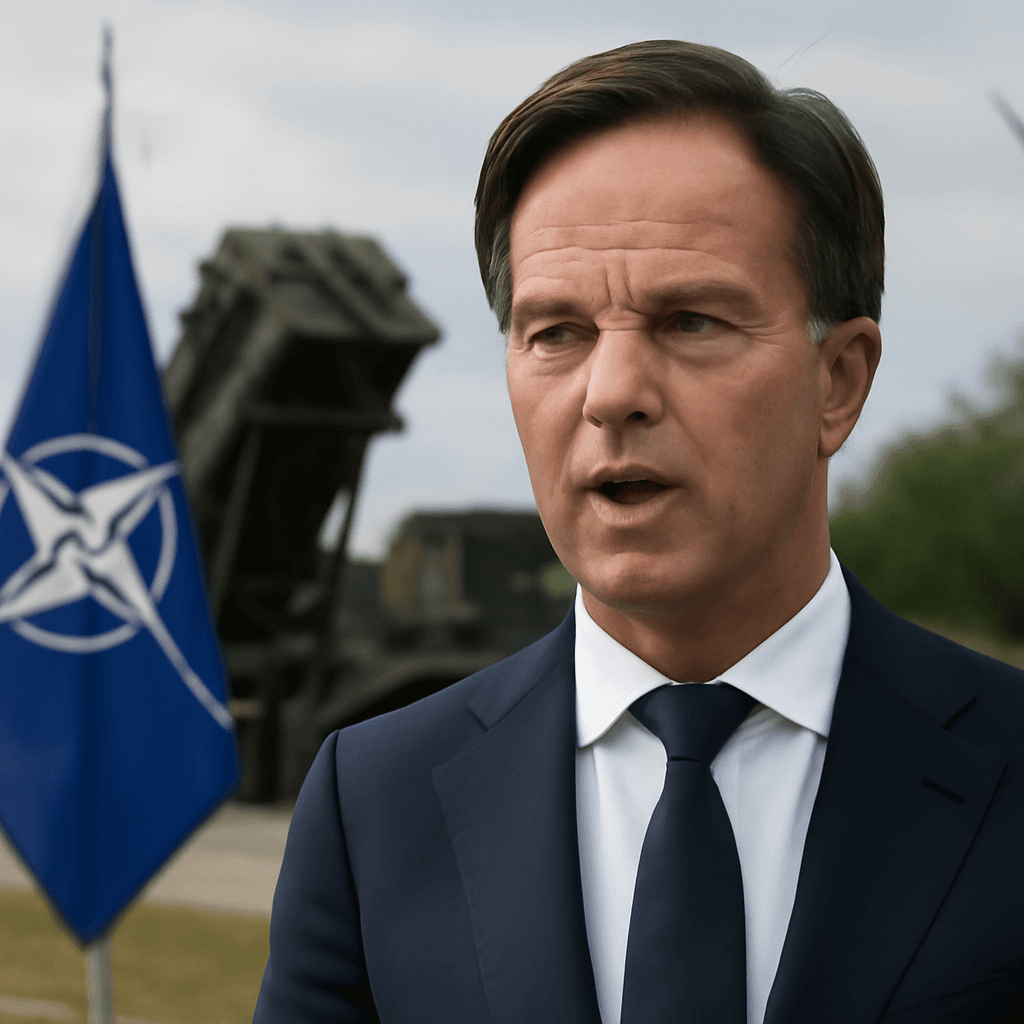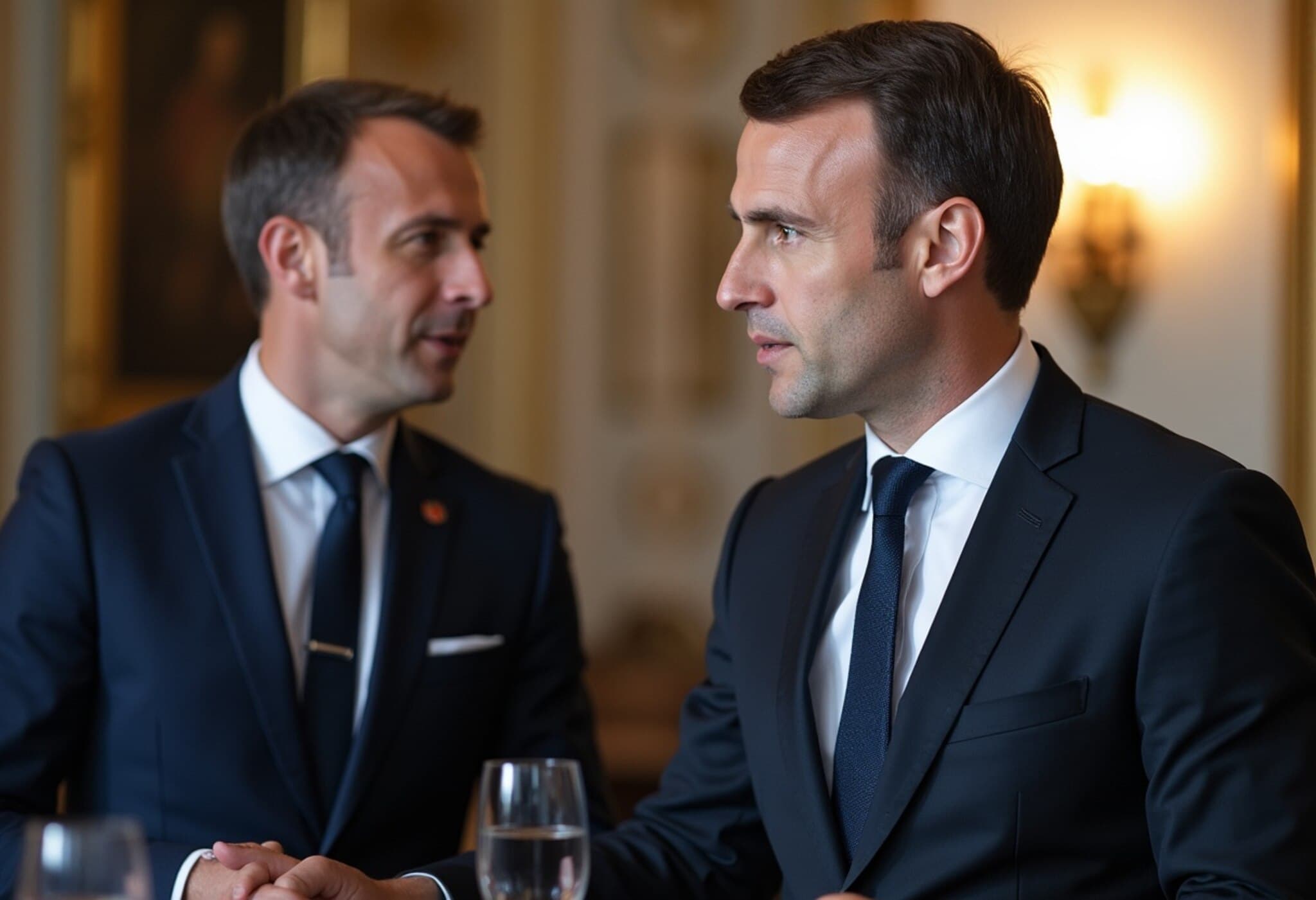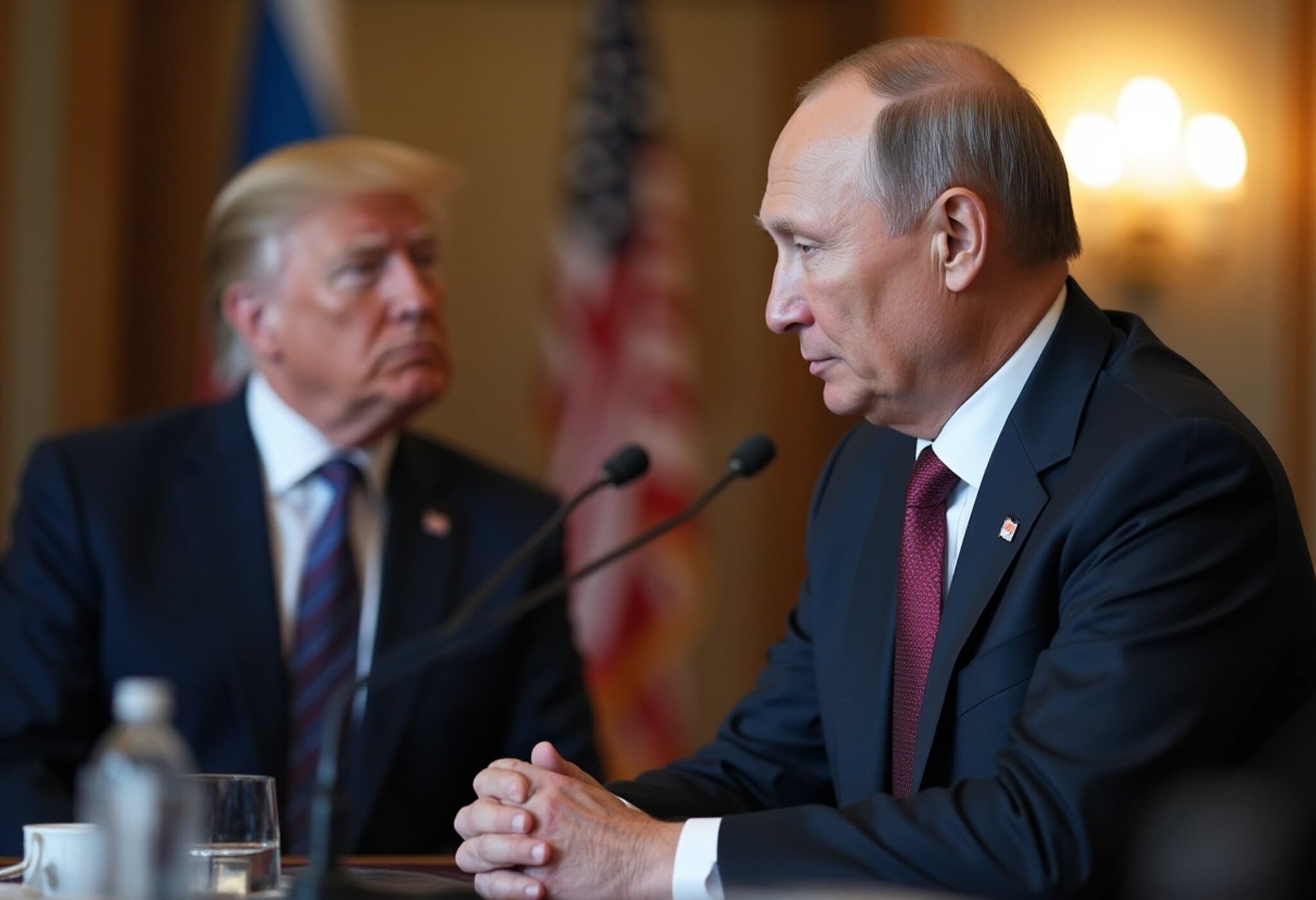Trump Initiates Progress Toward Historic Putin-Zelenskyy Meeting
In a surprising development that could reshape the trajectory of the protracted conflict between Russia and Ukraine, former U.S. President Donald Trump announced on August 18, 2025, that arrangements are underway for a face-to-face meeting between Ukrainian President Volodymyr Zelenskyy and Russian President Vladimir Putin. Describing this initiative as a “very good, early step” toward ending nearly four years of hostilities, Trump’s declaration injected fresh hope amid strained international relations and stalled peace talks.
Details of the Proposed Summit and Diplomatic Engagements
Taking to his social media platform, Trump revealed that he personally contacted Putin to initiate logistics for the meeting, though the location remains undecided. He expressed anticipation of hosting a trilateral summit following the one-on-one encounter, involving himself and the two leaders, aimed at advancing and cementing peace agreements.
“I called President Putin, and began the arrangements for a meeting, at a location to be determined, between President Putin and President Zelenskyy,” Trump wrote on Trump Social. He further noted, “After that meeting takes place, we will have a Trilat, which would be the two Presidents, plus myself.”
Context of the Announcement: A High-Level Diplomatic Gathering
Trump made these announcements following an intense session at the White House, attended by European heads of state, NATO officials, and Ukrainian President Zelenskyy. The discussions reportedly centered on security guarantees for Ukraine, coordinated between European nations and the United States, highlighting a collective effort to stabilize the region.
Notable attendees included French President Emmanuel Macron, Italian Prime Minister Giorgia Meloni, UK Prime Minister Keir Starmer, Finnish President Alexander Stubb, German Chancellor Friedrich Merz, European Commission President Ursula von der Leyen, and NATO Secretary General Mark Rutte. The presence of such a diverse and influential group underscores the global stakes of the conflict and efforts to negotiate peace.
Expert Insight: The Significance of Security Guarantees
An essential element of these discussions has been the establishment of security guarantees for Ukraine. According to Trump, Russian President Putin has agreed to these guarantees, which would be primarily provided by various European countries with coordination from the United States. However, Putin reportedly remains opposed to Kyiv’s longstanding aspiration to join NATO, a red line for Moscow.
NATO Secretary General Mark Rutte called the meeting “very successful,” emphasizing that the talks addressed security details that will be refined in the coming days. Zelenskyy has pledged that allies will formalize Ukraine’s security guarantees within ten days, a timeline that injects urgency into diplomatic channels.
Contrasting Perspectives and International Skepticism
Despite the optimism, the announcements sparked a spectrum of responses from global leaders, reflecting deep-seated concerns. French President Macron urged maintaining and even intensifying economic sanctions on Russia should Putin fail to make genuine advances toward peace. Finnish President Alexander Stubb expressed skepticism, calling Putin “not to be trusted.”
Meanwhile, German Chancellor Friedrich Merz strongly rejected calls for Ukraine to concede parts of the Donbass region, comparing it to the absurdity of the U.S. giving up Florida. His remarks resonate with many Western leaders who view territorial concessions as undermining Ukraine’s sovereignty and setting a dangerous precedent.
The Complexities Behind the Scenes
Trump’s push for Ukraine to relinquish Crimea and drop NATO membership ambitions—core demands by Moscow—indicates the difficult balancing act that lies ahead for all parties. These demands have historically been contentious and remain significant hurdles to any durable settlement.
Moreover, the involvement of Trump, who has previously displayed affinities toward Putin, adds a nuanced layer to the diplomatic chessboard, stirring debates on U.S. foreign policy direction and the potential implications for American geopolitical leadership.
What Lies Ahead?
- Upcoming trilateral meeting: The planned gathering involving Trump, Putin, and Zelenskyy could set the stage for breakthrough agreements or expose enduring rifts.
- Security guarantee formalization: With a ten-day timeline, observers will closely monitor commitments from European nations and the U.S. to back Ukraine’s security.
- Sanctions and geopolitical pressure: The international community faces crucial decisions on maintaining or adjusting sanctions depending on Russia’s actions.
- Broader implications: The outcome of these talks could influence global power dynamics, NATO’s future, and the norms governing state sovereignty and territorial integrity.
Editor’s Note
Trump’s announcement marks an unexpected yet potentially pivotal moment in the ongoing Russia-Ukraine conflict. While the prospect of direct dialogue between Putin and Zelenskyy offers a glimmer of hope, deeply entrenched geopolitical interests, historical grievances, and mutual distrust present formidable obstacles.
As the world watches, critical questions emerge: Can these talks overcome the deadlock without forcing Ukraine to compromise its sovereignty? Will the United States recalibrate its role in Eastern Europe’s security architecture? And fundamentally, how might this evolving diplomacy reshape the broader international order?
The coming weeks will be crucial in answering these questions and testing whether diplomacy can finally pave a path from war to peace.

